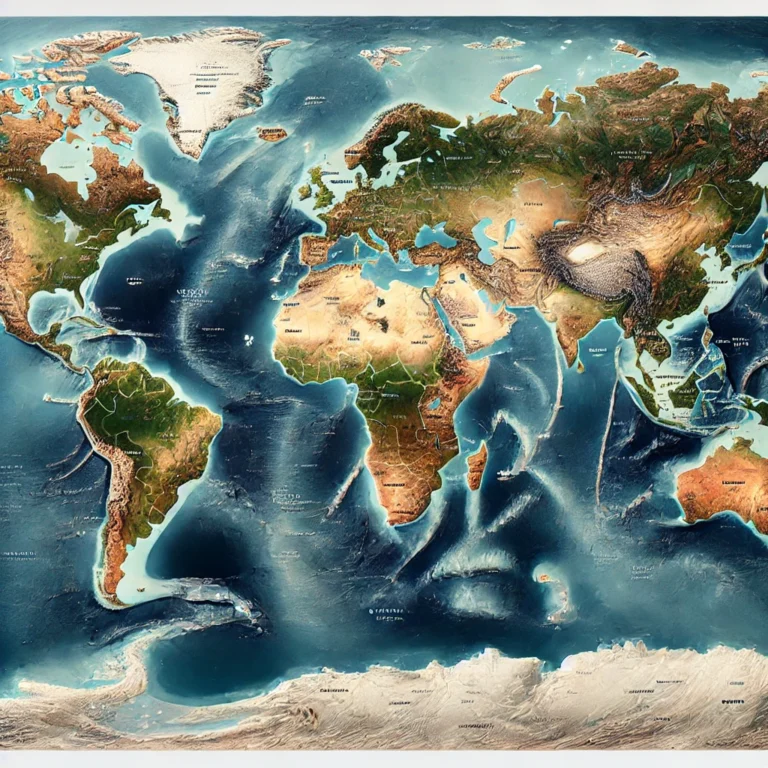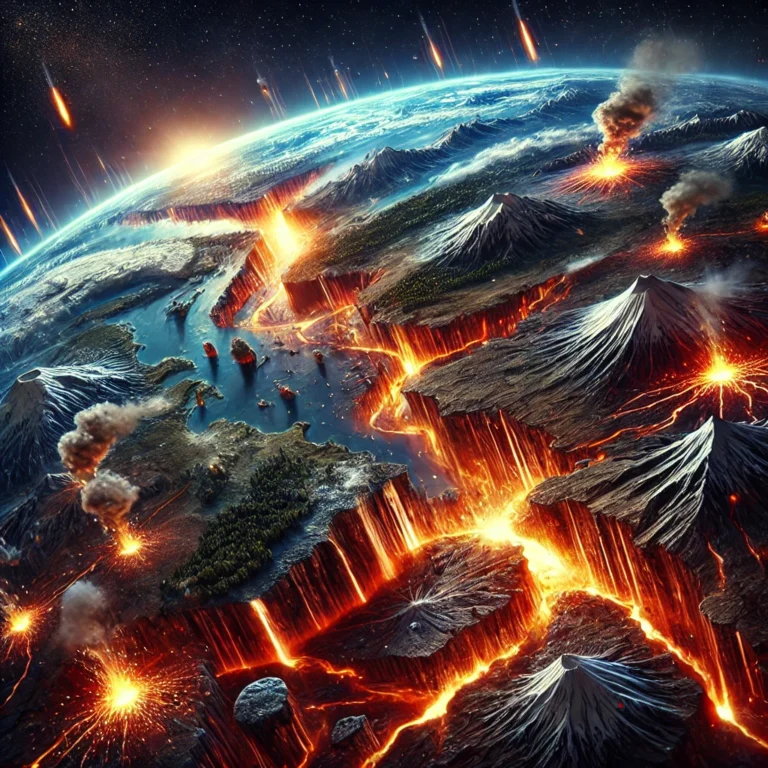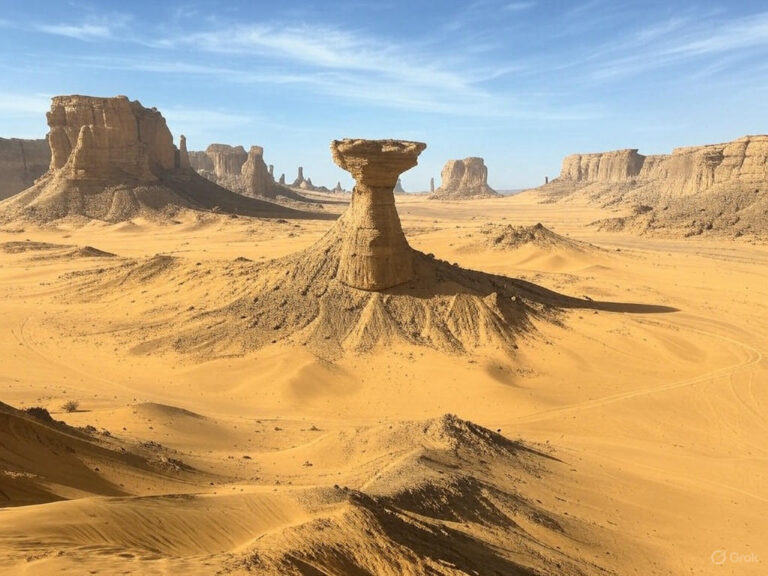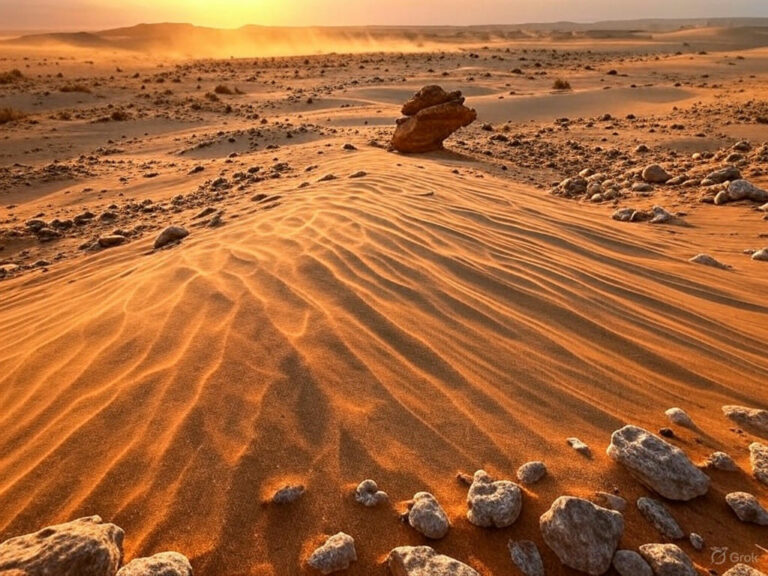Introduction to Applied Geomorphology
Imagine you are flying over the Earth, observing its vast and diverse landscapes—mountains, valleys, plateaus, and rivers winding their way through the terrain. Each of these landforms has a story, shaped by geological forces over millions of years. But what if I told you that these very landforms don’t just tell us about the past but also shape our present and future? This is where Applied Geomorphology comes into play.
Understanding Applied Geomorphology
At its core, geomorphology is the study of landforms, their formation, evolution, and the processes that shape them. But when this knowledge is actively used to solve real-world problems—such as land management, disaster prevention, and environmental planning—it becomes applied geomorphology.
As D.K.C. Jones puts it, applied geomorphology is
“The application of geomorphic understanding to the analysis and solution of problems concerning land occupancy, resource exploitation, and environmental management and planning.”
In simple terms, it’s about using our knowledge of landforms and the forces shaping them to make better decisions for human welfare.
Why Does Applied Geomorphology Matter?
Let’s take a few examples to understand its relevance:
- Disaster Management:
- Imagine a city built on a floodplain, where rivers change course unpredictably. If planners understand geomorphology, they can predict flood-prone areas and design settlements accordingly, reducing risks to life and property.
- In mountainous regions prone to landslides, geomorphologists study slope stability and suggest measures like afforestation, terracing, or controlled blasting to prevent disasters.
- Infrastructure and Urban Planning:
- When constructing highways or railways, understanding the nature of the landforms helps engineers avoid unstable regions or areas prone to erosion.
- Cities built on coastal areas must account for coastal erosion, which can be mitigated using seawalls or mangrove restoration.
- Natural Resource Management:
- Rivers deposit alluvial soil, making certain regions highly fertile. By studying geomorphic processes, agricultural planning can optimize land use without degrading the soil.
- Mineral deposits like coal, oil, and iron ore are often found in specific geological settings. Geomorphologists play a role in identifying the best locations for extraction while ensuring minimal environmental damage.
- Climate Change and Environmental Conservation:
- As global warming accelerates, glaciers are retreating, affecting water supply in downstream areas. Applied geomorphologists study these changes to predict future water availability.
- Desertification is a growing concern. Understanding wind erosion patterns helps in designing barriers like shelterbelts to combat the spread of deserts.
Human Impact on Geomorphic Processes
It’s not just that landforms affect humans; we also reshape the landforms around us. Consider these examples:
- Deforestation on Hillsides → Increased Soil Erosion → Landslides and Flash Floods
- Unregulated River Damming → Changes in Sediment Flow → Coastal Erosion Downstream
- Urban Expansion Over Wetlands → Reduced Groundwater Recharge → Water Scarcity
Applied geomorphology helps identify these unintended consequences and find solutions—such as restoring vegetation, building check dams, or designing sustainable urban drainage systems.
A Balanced Approach: Development vs. Sustainability
The key takeaway from applied geomorphology is balance. Development is essential, but it must align with natural processes. If we blindly build without understanding landforms, we invite disasters. But if we work with nature, we can create sustainable solutions—like earthquake-resistant homes in seismic zones or eco-friendly tourism in fragile ecosystems.






